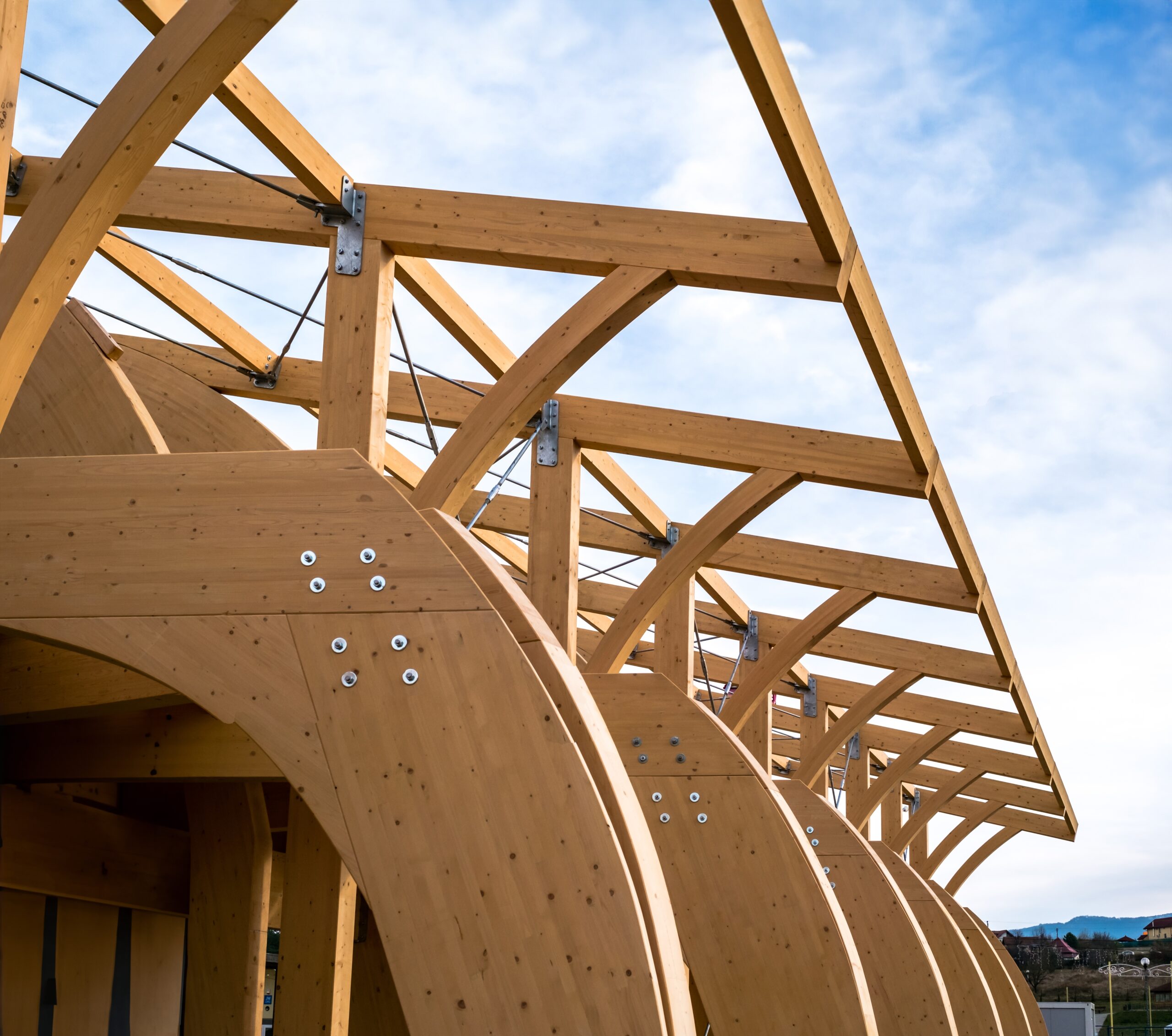Building Tomorrow’s Port with Future-proof Design
What will ports look like in 2050? With global trade evolving, it’s a question worth exploring.
Over 80% of global merchandise trade, by volume, travels by sea, with containerised shipping accounting for 35% of this volume and over 60% by commercial value.
Container shipping is projected to grow 4.2% annually from 2024 to 2030, so the role of ports in supporting economic growth, especially for emerging economies, is undeniable. While inefficient ports stall trade, disrupt supply chains and drive up costs, future-ready infrastructure attracts investment and supports economic development.
Innovation is pivotal for increased resilience and meeting climate goals. Fortunately, advancements in technology and sustainability set the stage for ports to transform and tackle these challenges.
Economic impact
Ports aren’t just gateways for goods – they’re economic drivers. Efficient ports reduce freight costs, boost trade, and fuel local economies. The Panama Canal expansion exemplifies this, having accelerated trade and brought sustained economic benefits to surrounding regions. Since most global goods travel by sea, investing in modern, connected infrastructure keeps economies competitive.
Marine considerations
With 71% of the Earth covered by water, oceans are integral to global logistics. Designing efficient port infrastructure requires considering crucial marine factors like oceanography, geology, meteorology, and shipping fleets, now and in future, including network and supply chain interfaces with connected receiving ports.
Geology and sea bed conditions influence structural stability, while meteorological factors like wind speeds and patterns ensure safe vessel manoeuvring and minimise delays. Oceanographic conditions, including tides and wave heights, can affect berthing infrastructure and navigation.
Strategic port planning
Location is crucial for efficiency and to support resilience when considering climate adaptation. Ports can operate for centuries, so planning must consider weather shifts and rising sea levels to avoid costly disruptions. Every extra minute a ship remains docked adds costs, congestion, and delays. Primarily driven by supply chain considerations, streamlined operations act as economic gateways, supporting development in surrounding and supporting industries, including energy use and manufacturing.
Transformative technologies
Cutting-edge technologies are transforming port operations, with automation and robotics taking centre stage. Automated cranes, self-driving vehicles, and robotic loaders operate efficiently, improving productivity and operational safety to improve cargo handling and reduce human interaction and associated hazards.
Digital twins – virtual models of ports – allow operators to simulate scenarios, identify inefficiencies, and solve potential problems before they occur.
For efficient freight logistics, IoT sensors on containers, cranes, and trucks provide real-time data, enabling operators to track assets and make immediate adjustments to optimise workflow.
AI-driven berth scheduling and automated container terminals are shaping a future of fast, agile, and eco-friendly maritime logistics. Ports that embrace these innovations are setting the stage for more efficient, sustainable operations.
Landside considerations
Optimising cargo flow at ports relies heavily on effective land planning. Congestion, often caused by inadequate infrastructure or poorly managed spaces, can lead to costly delays.
Smart planning can boost port capacity and throughput, benefiting the supply chain. Key elements include expanding storage, docking areas, and implementing real-time IoT tracking systems.
Intermodal connections like road and rail are vital for efficient logistics. Well-planned roads ensure fast truck access, and rail links streamline inland transport and connect freight logistic hubs.
Integrating these transport links means meeting the growing demand for goods handling as trade expands globally. Thoughtful land layout allows for future expansion, reducing bottlenecks and meeting the increasing demands of global trade.
The refuelling of vessels and consideration of changes in ship technology and future fuels are also critical elements of efficient port planning and allocation of space.
Sustainably smarter
Ports are navigating a turning point, balancing growth with environmental responsibility. From renewable energy like solar, wind, and biogas to electrifying cranes and vehicles – the push toward net zero is reshaping the industry. Programs like the Zero Emission Port Alliance (ZEPA) are making greener handling equipment more accessible, while alternative fuels such as ammonia and methanol highlight the need for modernised infrastructure.
But it’s not just about going green, it’s about going smarter. Digital twins, AR, and automation are revolutionising operations, making them safer and more efficient. Shoreside power from renewable sources shows promise but includes hurdles like infrastructure costs and grid capacity. Forward-thinking solutions like methanol-to-hydrogen generators are emerging but require strong collaboration between stakeholders.
When expanding or building new ports, there’s a clear opportunity to mitigate environmental impacts. Dredging, clearing vegetation, and using significant amounts of materials required for rock armour and logistics infrastructure take a toll on marine and terrestrial ecosystems.
Early planning can reduce carbon emissions and account for climate challenges like rising sea levels. Optimising or upgrading existing facilities often avoids these pitfalls, offering a chance to grow without starting from scratch. Whatever the approach, a strategic options assessment that considers environmental, technical, and economic factors is essential for long-term sustainability.
Shaping the ports of tomorrow
The future of ports depends on acting now. If you fail to adapt, you risk losing business to more sustainable and innovative competitors. We can help prepare ports for tomorrow – check out our ports and marine projects. Chat with our team for expert assistance and ideas about designing futureproof ports.


